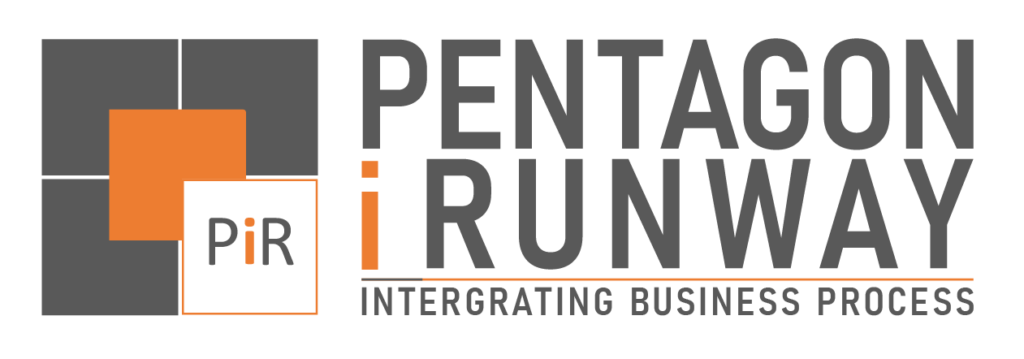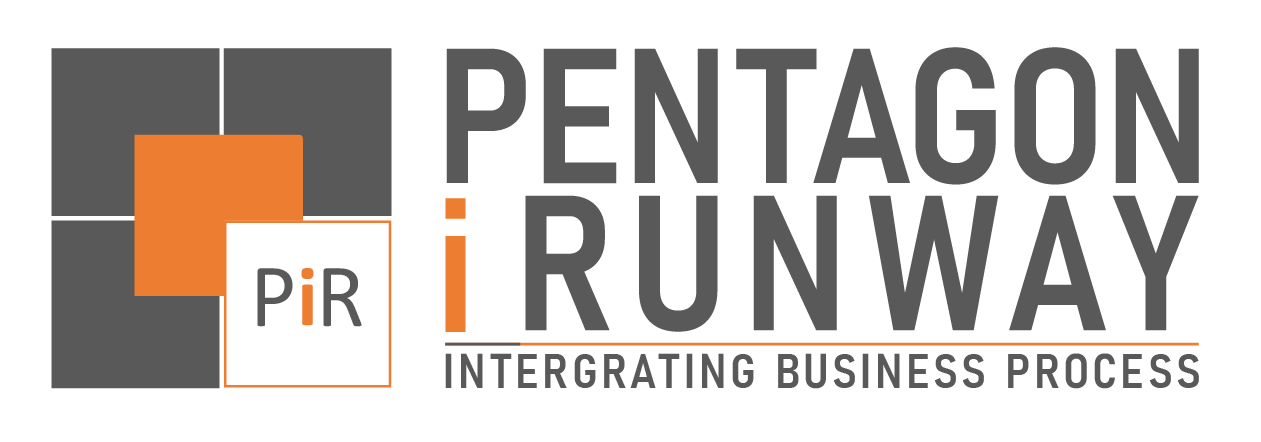Embracing Predictive Maintenance for Operational Excellence
Predictive maintenance represents a paradigm shift in equipment management, moving away from reactive approaches to a data-driven maintenance strategy. By predicting equipment failures through advanced analytics and condition monitoring tools, organizations can drastically reduce unplanned downtime, thereby improving overall operational efficiency.
In Sri Lanka, sectors like manufacturing and tea production, pivotal to the national economy, stand to gain significantly from predictive maintenance. Implementing these strategies could substantially reduce downtime and enhance operational efficiency, vital for these industries.
Key Benefits and Applications
The adoption of predictive maintenance offers numerous advantages:
- Enhanced Equipment Health Prediction: By continuously monitoring the condition of machinery, predictive maintenance allows for early detection of potential issues, thereby reducing the likelihood of unexpected equipment failures.
- Cost Savings: Regular, data-driven maintenance can lead to significant reductions in the costs associated with unplanned downtime and equipment repair.
- Optimized Maintenance Strategies: Predictive maintenance enables organizations to schedule maintenance activities more efficiently, thereby minimizing disruptions to operations.
- Applications: This methodology finds relevance across various sectors, such as manufacturing, automotive, and aerospace, where equipment reliability is crucial.
in Sri Lanka, where small to medium-sized enterprises play a crucial role in the economy, the cost savings from predictive maintenance can be particularly transformative. This approach enables these businesses to optimize maintenance costs while ensuring equipment longevity.
Advanced Technologies in Predictive Maintenance
Leveraging Machine Learning and AI
Machine learning and AI are at the forefront of predictive maintenance. These technologies analyze large datasets to forecast potential failures, allowing for proactive maintenance methods. This integration of technology results in a more accurate operational anomaly detection and equipment failure analysis. This enables manufacturers to schedule preventative maintenance and avoid costly unplanned downtime.
Compared to rule-based maintenance systems, machine learning models detect unseen patterns in sensor data that human experts would likely miss. They provide actionable insights without inherent human bias.
Sensor-Based Monitoring and Data Analytics
Sensor-based maintenance systems gather real-time data from equipment, providing a comprehensive view of machine health. Maintenance data analytics then process this information, enabling timely and informed decision-making.
Global leader Siemens shared a success story of using ML. A UK-based multinational FMCG company implemented Senseye Predictive Maintenance to enhance efficiency and reduce costs.
The machine learning model also revealed non-intuitive optimizing opportunities. Contrary to prevailing wisdom, increasing the body feed rate actually prolonged filter lifespans.
Such use cases underscore AI’s immense potential to revolutionize smart manufacturing. With technologies like industrial IoT, cloud computing and advanced robotics, the “Factory of the Future” is now attainable.
The growing interest in AI and machine learning within the tech community in Sri Lanka indicates a readiness for integrating these advanced technologies in industrial applications.
Strategies for Implementation
Asset Intelligence Across Multiple Sites
Predictive maintenance isn’t limited to single assets; it can be scaled across entire organizations. This scalability means businesses can apply these methods across multiple sites, enhancing maintenance frequency reduction and ensuring uniform equipment reliability. Predictive maintenance’s power expands significantly when applied across multiple sites, transforming it from a localized tool to a strategic organizational asset.
For businesses in Sri Lanka, the scalability of predictive maintenance solutions is crucial. This adaptability allows companies of various sizes and technological maturity to benefit from these advanced maintenance strategies, making them suitable for the diverse industrial landscape of the country.Here’s how:
1. Centralize data and insights:
- Unified platform: Aggregate data from all sites to identify common patterns, benchmark performance, and develop standardized protocols.
- Holistic view: Gain deeper insights into equipment health & performance across the organization.
2. Optimize resource allocation:
- Prioritize effectively: Focus on high-risk equipment and prevent costly breakdowns.
- Strategic scheduling: Plan maintenance during downtime to minimize disruption.
- Reduce unnecessary costs: Avoid wasteful preventive maintenance on healthy equipment.
3. Enhance equipment reliability:
- Early detection: Prevent catastrophic failures and extend asset lifespan.
- Improved efficiency: Minimize downtime and boost overall productivity.
- Lower maintenance costs: Save money on repairs and replacements.
4. Foster knowledge sharing:
- Best practices dissemination: Share successful strategies from high-performing sites.
- Cross-site learning: Encourage collaboration and collective problem-solving.
- Continuous improvement: Fuel a cycle of innovation and refinement in your predictive maintenance approach.
Phases of Deployment
Deployment typically starts with a subset of assets, expanding to full site and multi-site deployments. This gradual approach allows organizations to tailor the predictive maintenance program to their specific needs, ensuring seamless integration with existing systems. After successfully setting up your initial pilot, it’s time to scale your multi-site predictive maintenance.Here’s what comes next:
1. Expanding to Full Site:
- Onboard additional assets: Gradually integrate more equipment within your pilot site, testing and refining your models and processes.
- Refine algorithms and insights: Adapt your models based on new data and feedback, sharpening your prediction accuracy.
- Optimize resource allocation: Adjust maintenance schedules and resource allocation based on the expanded equipment pool.
2. Multi-Site Rollout:
- Replicability and standardization: Develop standardized deployment procedures and data integration models for smooth replication across sites.
- Centralized management and monitoring: Implement a central platform for data aggregation, analysis, and oversight of all sites.
- Cross-site knowledge sharing: Foster collaboration and knowledge transfer between maintenance teams at different sites.
Remember:
- Change management: Prepare your teams for the shift to predictive maintenance through training and communication.
- Continuous improvement: Regularly analyze data, refine models, and adjust strategies for optimal performance.
- Scalability and flexibility: Choose solutions that can adapt to your organization’s growth and evolving needs
Predictive Maintenance for Small Manufacturers
Even small manufacturers can leverage predictive maintenance to stay competitive. By adopting scaled-down versions of predictive maintenance tools and focusing on critical equipment, smaller operations can also reap the benefits of AI-driven maintenance strategies. Here’s how small manufacturers can punch above their weight with smart maintenance:
Right-size your approach:
- Focus on critical equipment: Prioritize assets that directly impact production or safety.
- Start small, scale smart: Pilot the program with a few key machines before going all-in.
- Cost-effective tools: Leverage cloud-based solutions or open-source software for budget-friendly options.
Embrace the power of data:
- Connect existing sensors: Utilize available data from production lines, machinery, and monitoring systems.
- Simple data analysis: Start with basic dashboards and alerts to track key metrics and identify potential issues.
- Collaborate with partners: Consider partnering with larger manufacturers or service providers for expertise and data sharing.
For small manufacturers, implementing predictive maintenance, even on a smaller scale, can lead to notable improvements. This approach is particularly feasible in Sri Lanka, where cost-effective and scalable solutions can provide significant benefits in terms of reduced downtime and maintenance efficiency.
Frequently Asked Questions
Q: How does predictive maintenance improve equipment reliability?
A: By continuously monitoring equipment health and predicting potential failures, predictive maintenance allows for timely interventions, significantly enhancing equipment reliability.
Q: Can predictive maintenance be applied to any industry?
A: Yes, predictive maintenance is versatile and can be adapted to various industries, each with its unique equipment and operational requirements. For instance, in the automotive industry, significant reductions in production downtime were achieved, as detailed in this case study.
Q: What role does AI play in predictive maintenance?
A: AI analyzes data from sensors and other sources to predict equipment failures, facilitating proactive maintenance decisions and optimizing operational efficiency. An example of this can be seen in the aluminum industry, where unplanned downtime was reduced by 20%, as outlined in this case study.



